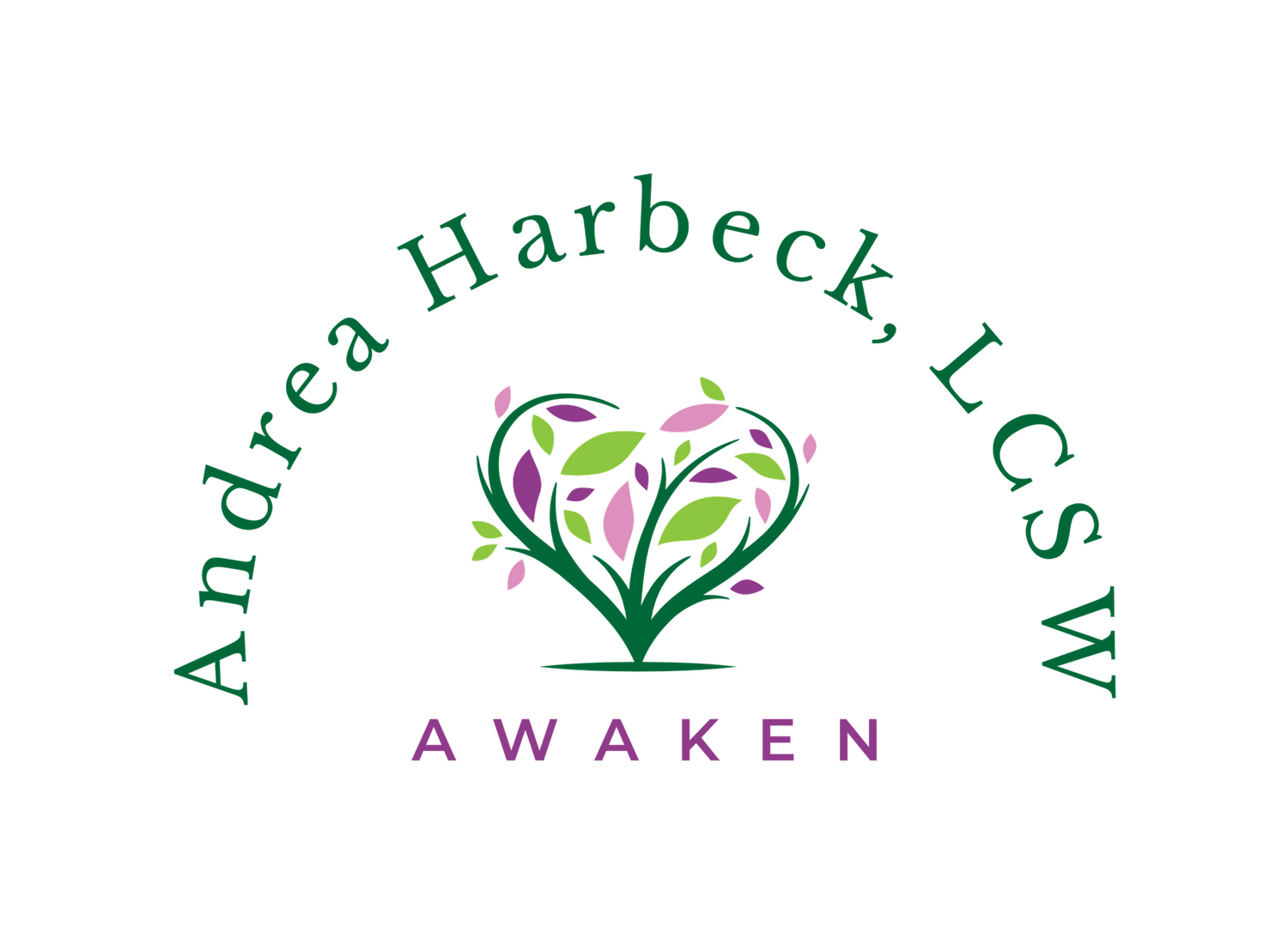There is so much advice this time of year around resolutions, goal setting and how to become the best version of yourself. All of these can be helpful depending on how you approach them. Often, we approach New Year’s resolutions with a critical eye. What do we want to change about ourselves? Where did we fail to achieve goals this past year? How do I want this next year to be different from the last?
What if we examined ourselves and our lives while looking for our strengths rather than our deficits? In Solution Focused Therapy we often ask people to look for the exceptions to their problems. Where are things going well? What is working for you now? In what ways are you already achieving your goals? Building on those exceptions will help you see your own strengths and potential in a way that a critical eye often misses.
When we approach ourselves in a strengths based way, we can also avoid unnecessary anxiety and stress. While there is an initial momentum that can happen when we resolve to be better or do more, we can lose that momentum quickly if it is based in self-criticism. We often see this around February or March when people begin to give up on their resolutions. When we give up on our goals, we often turn towards self-criticism which can lead to anxiety, stress and depression.
How to approach the new year from a strengths based perspective
Ask yourself the following questions:
1. What did I achieve, however small, that I am proud of this past year?
2. How was I able to accomplish this?
3. What internal strengths did I bring that helped me accomplish this?
4. How is this achievement making my life better now?
5. Using the strengths identified in step 3, how can I build on this accomplishment over the next week or month? (Keep the time frame short and doable)
6. Or, using the strengths identified in step 3, how can I use them to help me achieve a new goal?
7. As you work towards your goal, continually ask yourself:
a. What is going well?
b. What is working?
c. What internal strengths am I utilizing that are helping me towards this goal?
By keeping your focus on what is working and what strengths you are utilizing you not only increase your chances of success but contribute to better mental health overall.
Happy New Year!
Visit my website for more information about me and the therapies I use.




